Design Thinking in Preschool
Design thinking — a dynamic and fluid iterative approach to problem solving has captured the imagination of educators and kids alike with its emphasis on the intuitive creativity we all remember from childhood. I wondered if our tiniest students, preschoolers — the ultimate masters of intuition and imagination, are using their considerable creative talents in design thinking.
I found an example of preschoolers solving design thinking challenges in “maker spaces” at Mountain View Elementary School in Longmont, Colorado.
The youngest Mountain View students are engaged in learning at the school’s new early childhood education wing, STEM Discovery, a place where learning science, technology engineering and math becomes engaging and fun. The 13,000-square-foot STEM wing has has a special playground and five early childhood rooms with maker space areas, including magnet walls, a Fibonacci sequence wall, a wind tunnel, and bins containing potential design thinking materials such as foam blocks and pipe cleaners.
“Preschool is naturally full of wonder. STEM is a perfect complement,” says Mountain View principal Jennifer Ryan.
A recent design challenge for preschoolers focused on the gingerbread man. Teachers read the children the classic story. In the end, the gingerbread man couldn’t run away and was eaten by his pursuers. The preschoolers did not just listen to the story. They also devised creative solutions to save the gingerbread man. The children came up with lots of ideas and built prototypes of boats using foam, tape, and clothespins. They then “tested” each boat in a tub of water. Could the boat float? Could it carry the gingerbread man to sail to safety?
“[Preschoolers] can explore and investigate and find answers,” said preschool teacher Gabrielle Fuehrer. “It gets their little brains thinking. The kids love it.”
It may look on the surface that the little children are engaged in a typical preschool craft project. But in fact, they are beginning a powerful pathway of integrated learning. These preschoolers are actively applying crucial science and engineering principles, including buoyancy, density and gravity, with visual design when they build boats that allow the gingerbread man to escape.
Design thinking challenges for preschoolers introduce processes such as questioning, ideation and prototyping. The design thinking approach itself helps create a new type of educational culture where kids from the earliest ages are encouraged to take risks and try out their ideas.
If you create a fearless culture (or as fearless as human nature will allow), people will be much less hesitant to explore new ideas. — Ed Catmull, CEO of Pixar and author of Creativity, Inc.
But creating a new educational culture is not just kid stuff. It is also crucial for teachers and administrators. Adults need the time to take risks as they explore new ideas that test their assumptions about curriculum delivery. By experimenting with design thinking, educators have an opportunity to challenge conventional didactic thinking and traditional pedagogical methods. Instead of delivering a curriculum to kids, educators can actually involve even the youngest children in their active learning with a built-in feedback loop.

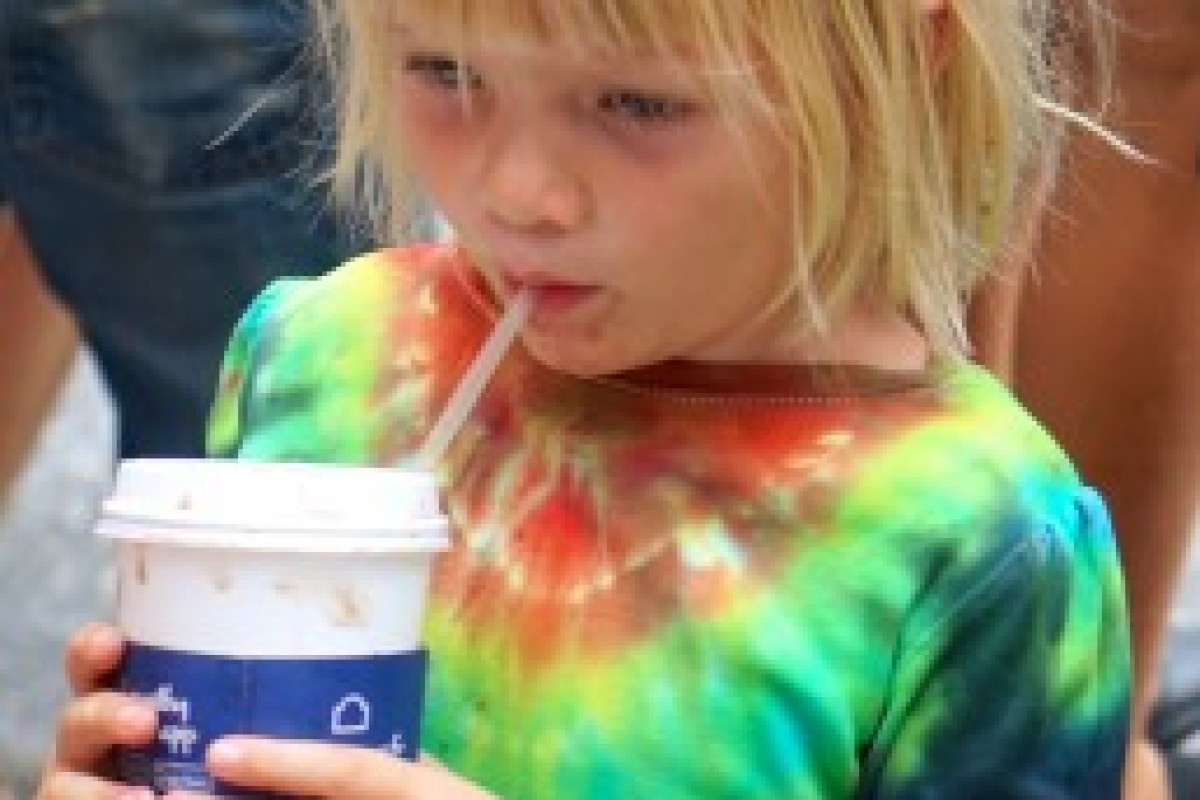



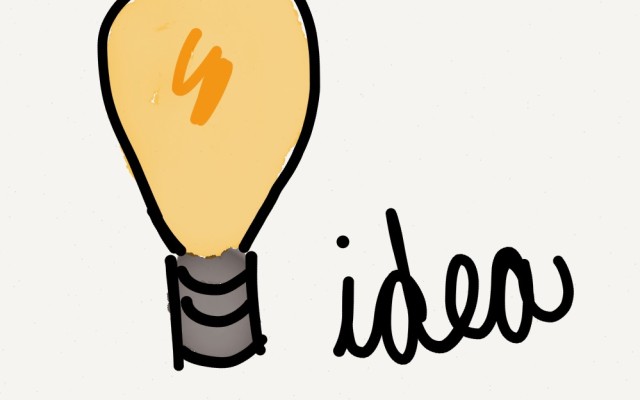
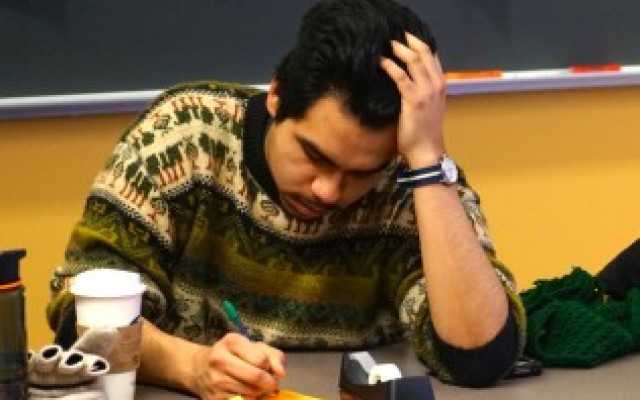
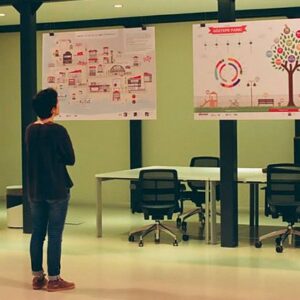
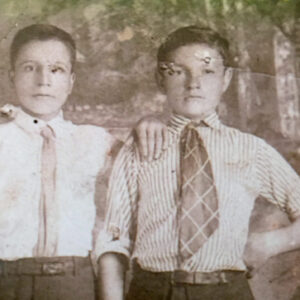

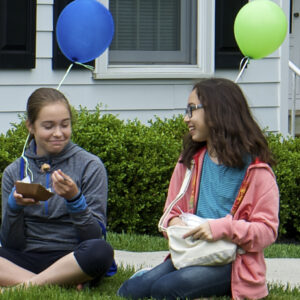


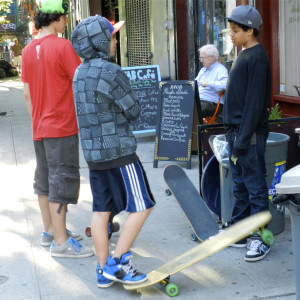
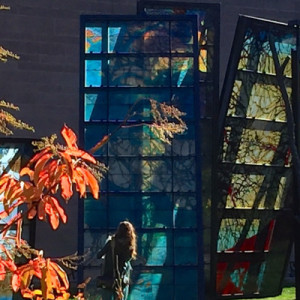
Thank you for sharing this post. We are using Design Thinking in our early years and primary grades. The first few Design Thinking groups had some hic-ups, but now teachers and students are much more confident and find it a very powerful tool and learning experience.
Thanks for the comment... Keep me informed of your progress in using design thinking.
I am proud of your post. I wanna wish to Impact this philosophy to Tanzania Parents, Guardian and community through my Facebook page Friends of early childhood development care and education and Fecdcenewsletter page. I am looking forward four your post and i request if we can work together in this field.Convectional school system is no more. I came from Tanzania East Africa. My name is